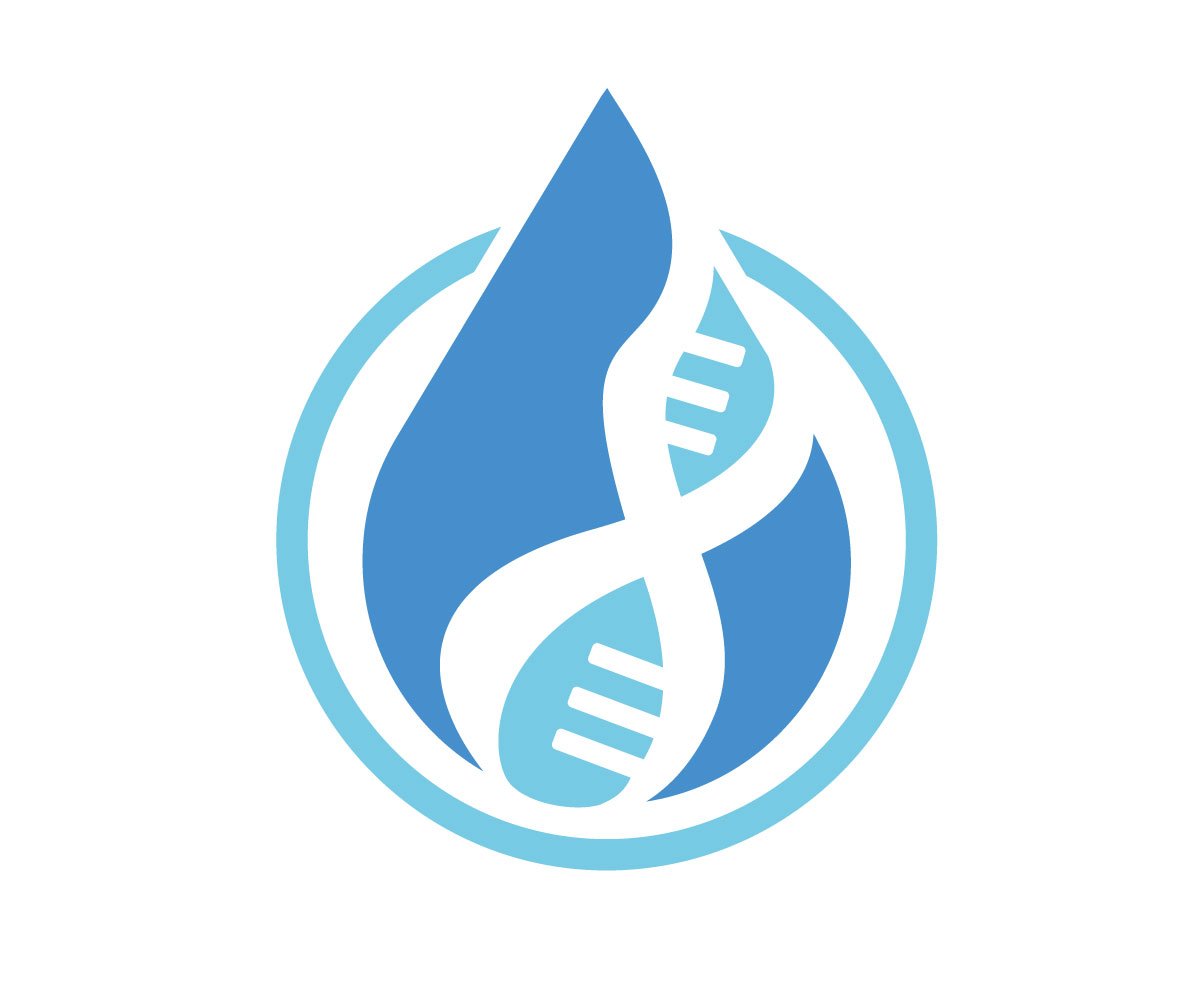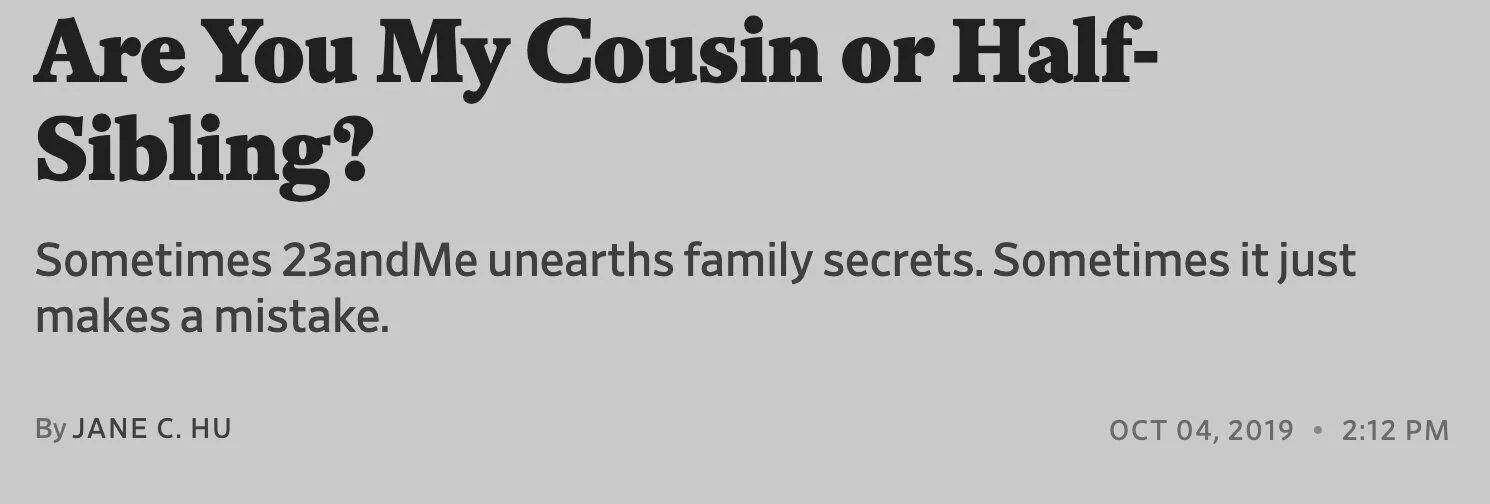Can DNA Test Results Be Wrong? Yes.
In 2019, Slate released a story that was a surprise to many readers. Sometimes a DNA test company like 23andMe or AncestryDNA reports an inaccurate genetic relationship between two testers. This revelation was a shock to some people who might in the past have interpreted a reported DNA relationships like half-sibling and second cousin as an absolute truth.
I’m a genetic counselor who specializes in analysis of DNA results from ancestry tests. In my work with clients, I have come across situations of a DNA relationship between two people being reported incorrectly. Sometimes it’s impossible to tell and both circumstantial evidence and further testing of other family members are needed to figure it out.
https://slate.com/technology/2019/10/23andme-family-secrets-half-siblings-cousins.html
The Slate piece goes into more detail about how 23andMe makes relationship determinations. 23andMe includes the reported age of the testers, for example, as one piece of information that goes into determining relationships. So a relationship between two closely-aged testers might be reported as a first cousin and that between people of different ages as niece/aunt*. There are limitations to this approach, given that men can father children for about six decades (teens into their 70s) and women for three or four (teens into their 40s, possibly later with fertility assistance). The testing companies including 23andMe and AncestryDNA therefore ask you if you know your match, if the relationship is reported correctly, and provide you the option to reassign the relationship.
*Half siblings can be dozens of years apart in age, same as cousins. A niece can be older than her aunt, and a nephew can be older than his uncle. There are many instances of mothers having their youngest children after they have become grandmothers. Long story short, age is a poor measure to use in guessing relationships.
Other DNA test companies take a different approach by listing relationships as ranges. AncestryDNA, for example, might list someone as “close family” to you but will be vague about the exact relationship. That approach a much safer way to go, but it also creates more uncertainty for the person who does not know who their match is and is trying to narrow down the possible relationships.
At Watershed DNA, we strive to offer clarity around genetics and relationships. Most DNA test results are NOT wrong, but they can be misread and misinterpreted if you are not familiar with the nuances with the reports.
Hopefully given the spreading awareness of problems with DNA matching, more people will look more closely when considering whether a DNA test might be wrong, find a professional genetic genealogist through a forum like ISOGG, discover this book or others similar to it, and find online places (like aforementioned ISOGG) where they can learn more about DNA relative matching to do their own deeper dive.
I’ve written more about this in past posts as well. It’s important not to react quickly in a time of surprise and shock. Investigate first whether the DNA test result might be wrong. It’s important to have the full story before you jump to a premature conclusion.
-Brianne, Watershed DNA founder
Readers of this post who are interested in more information on this topic might find the ebook Could the DNA Test Be Wrong? helpful.


